
See Them Before They’re Gone Forever
Let’s be honest: there’s nothing like the thrill of checking a dream destination off your bucket list. But what if we told you that some of the world’s most awe-inspiring places are vanishing, fast?
If you’ve ever dreamed of snorkeling the Great Barrier Reef or wandering Venice’s ancient alleys, now’s the time. We’ve rounded up the top destinations facing irreversible change, so you can experience their magic before it’s too late.
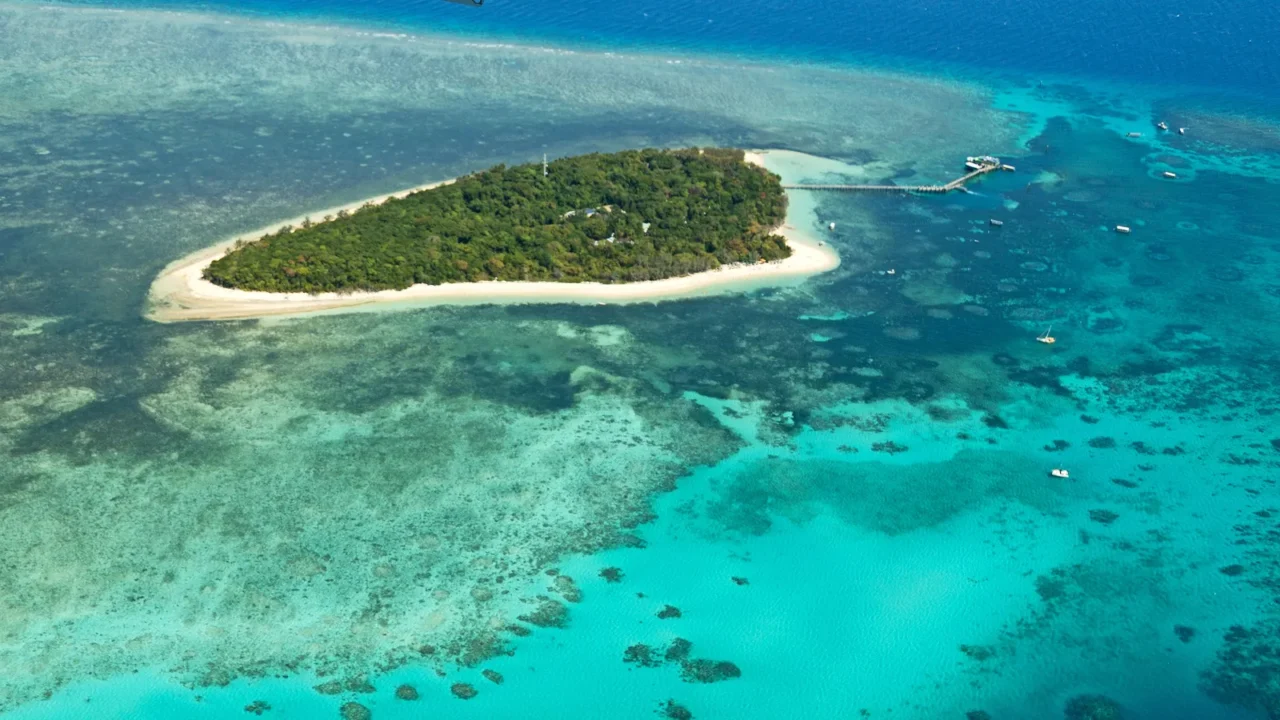
Great Barrier Reef, Australia
If the reef is on your bucket list, bump it to the top. The Great Barrier Reef is experiencing the most extensive coral bleaching event ever recorded. Over 83% of global reef areas are affected as of 2025.
That means vibrant coral gardens are turning ghostly white, and marine life is vanishing with them.
Around half of the reef has already died in recent decades, with southern portions seeing coral death up to 52%. Snorkeling and diving are still breathtaking, but time is short.
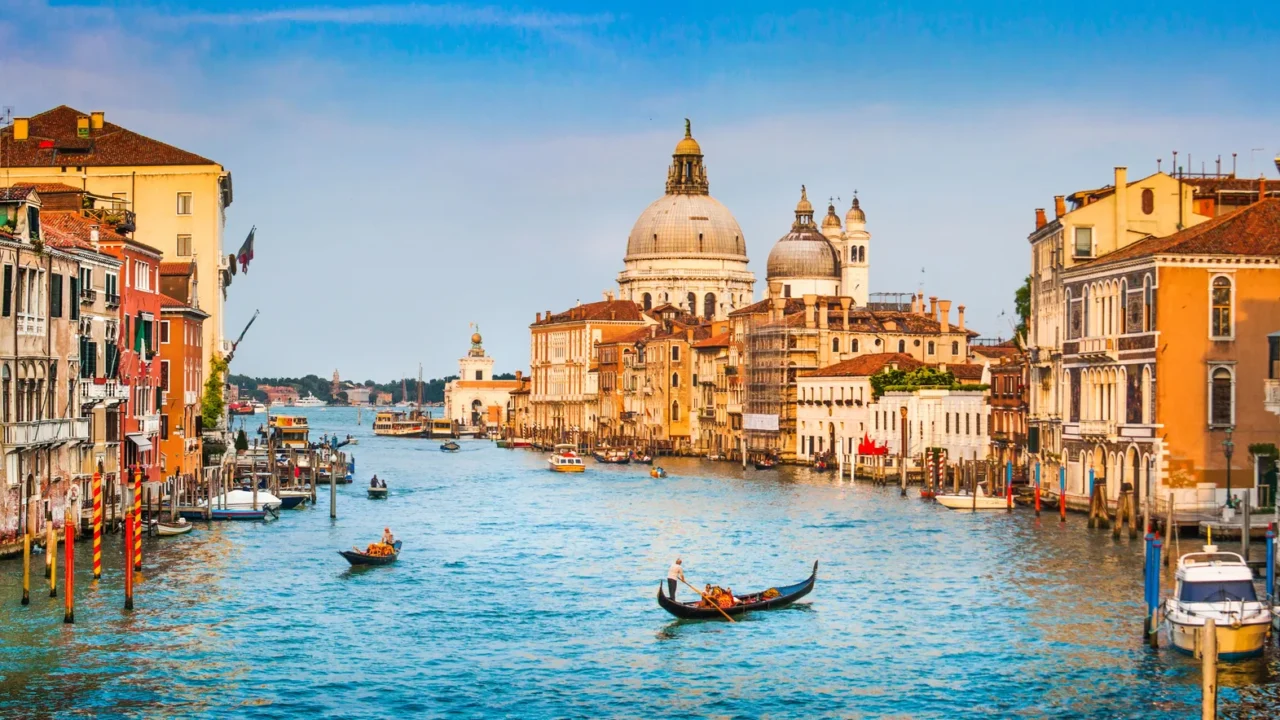
Venice, Italy
Venice may be romantic, but it’s sinking. Rising sea levels and more intense flooding events are threatening this beloved canal city, and projections say it could become uninhabitable by 2100.
Despite the ambitious MOSE flood barrier system, the pace of climate change is relentless. St. Mark’s Basilica and Renaissance-era architecture now flood more than ever before. Go now, while the gondolas glide peacefully and the gelato still melts under the Venetian sun.
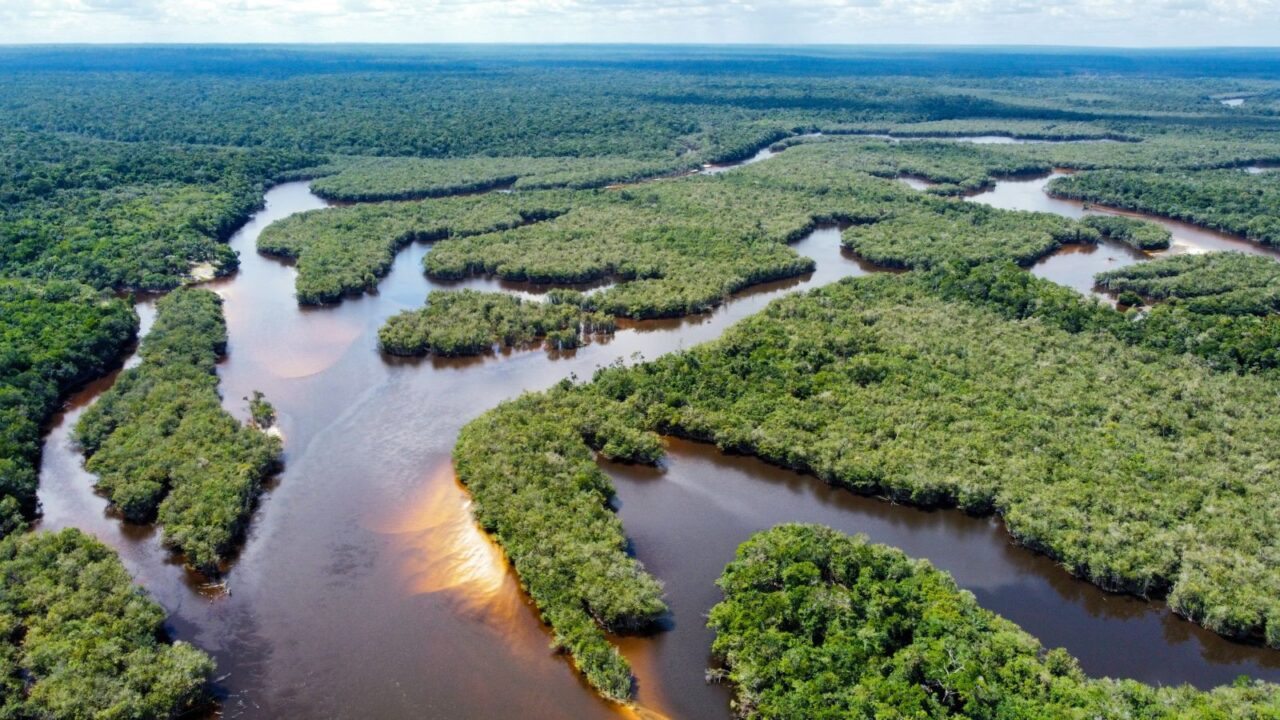
Amazon Rainforest, South America
The Amazon isn’t just a lush paradise, it’s a crucial part of Earth’s climate system. But it’s under siege. Experts say 27% could vanish by 2030 due to logging, wildfires, and aggressive deforestation.
The Amazon produces 20% of the world’s oxygen and houses irreplaceable biodiversity and indigenous cultures. Visiting now means you’ll experience dense jungle, rare pink dolphins, and traditions rooted in ancient knowledge.
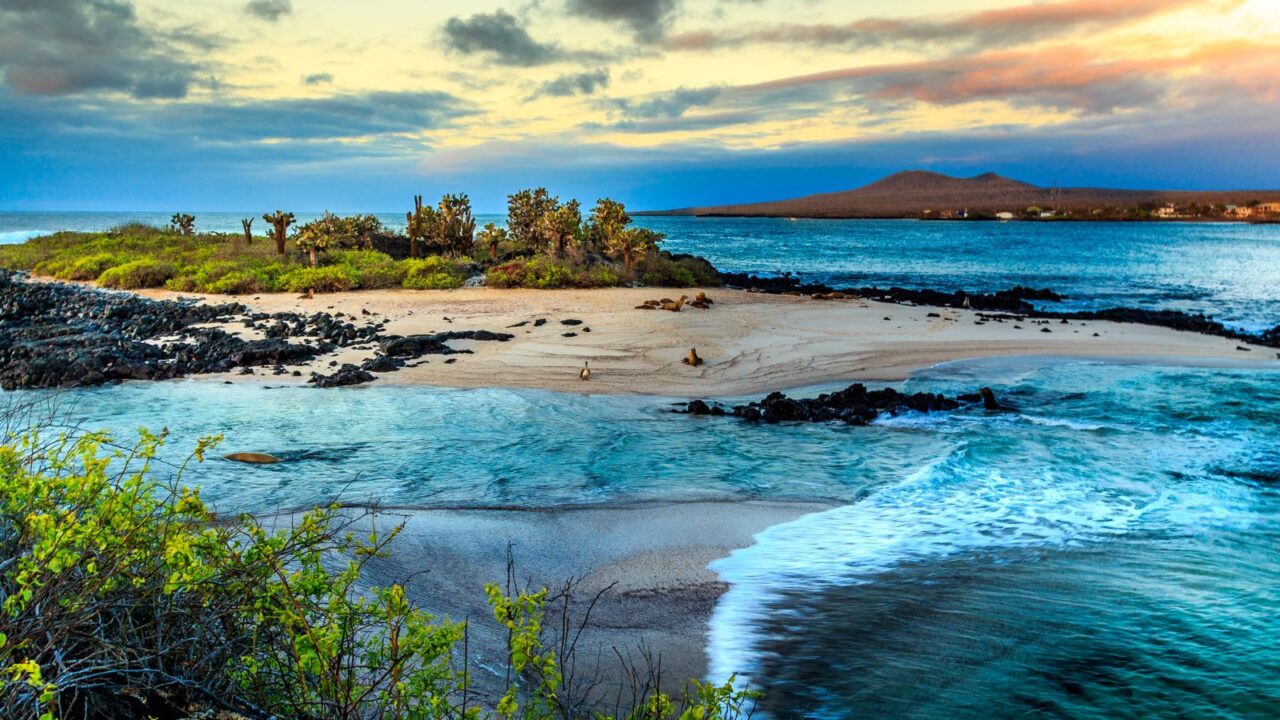
Galápagos Islands, Ecuador
Charles Darwin made the Galápagos legendary, and today, they’re fighting for survival. With over 1,500 invasive species wreaking havoc and more than 200,000 tourists arriving annually, the islands are in a delicate state.
These volcanic isles are home to species you won’t find anywhere else: giant tortoises, blue-footed boobies, and marine iguanas that swim like dragons. But with each new cruise ship or backpacker, the balance tilts. The unique ecosystems here are straining under the pressure.
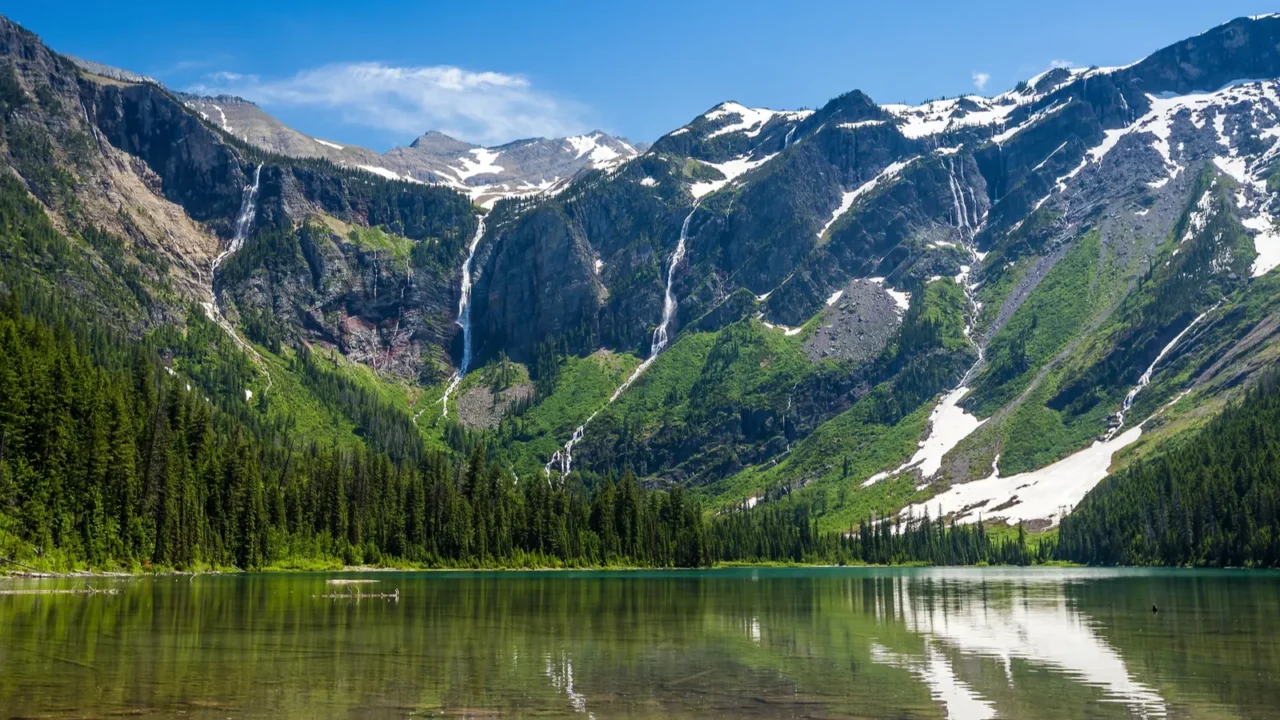
Glacier National Park, Montana, USA
Think glaciers are forever? Think again. Glacier National Park once boasted 150 active glaciers; now, just 27 remain, and they’re retreating fast.
Experts predict they’ll disappear entirely by 2030. That means time is running out to hike those icy trails or photograph reflective alpine lakes framed by ice. But it’s not just the glaciers; wildfires are doubling in frequency, reshaping the entire ecosystem. It’s changing at a pace that’s hard to ignore. Go for the view, and stay for the urgency.
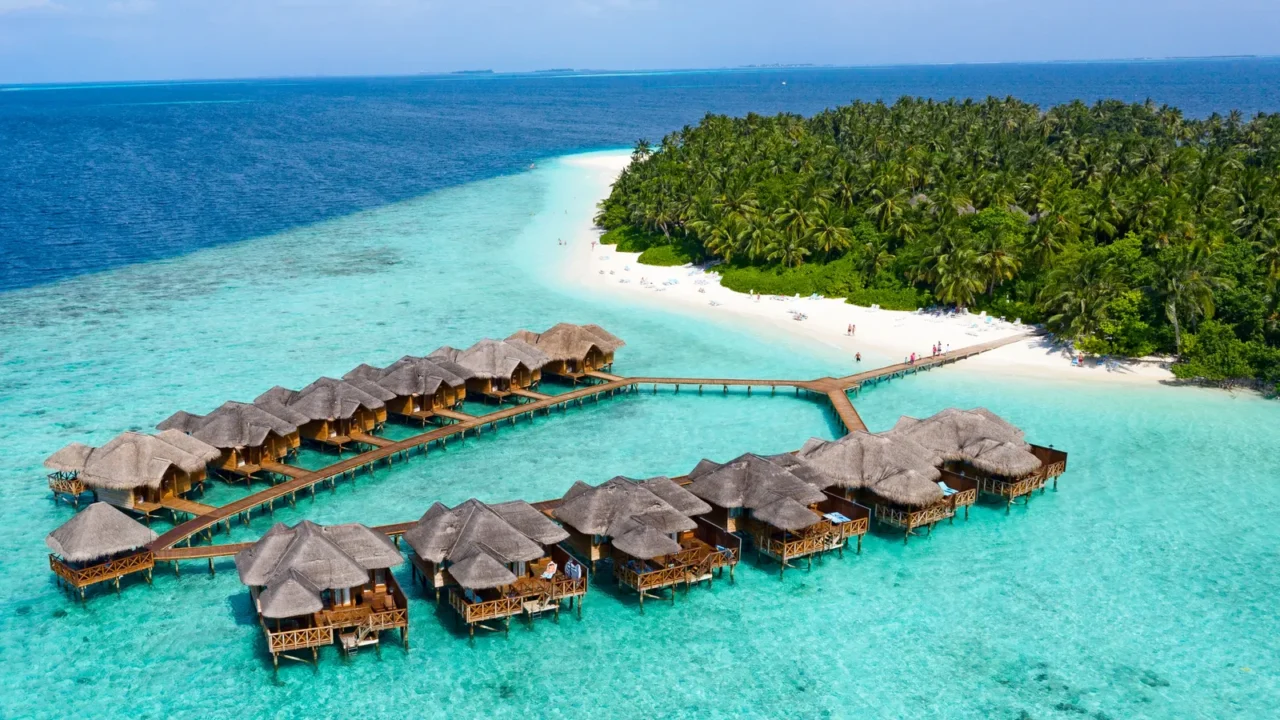
The Maldives
Picture this: white sand, turquoise water, and overwater bungalows stretching into the sea. Now picture all that underwater.
With an average elevation of just 3.5 feet, the Maldives is on the front lines of sea level rise. Scientists warn that by 2100, much of the country could be submerged. Malé, the capital, is already experimenting with artificial islands to preserve its population.
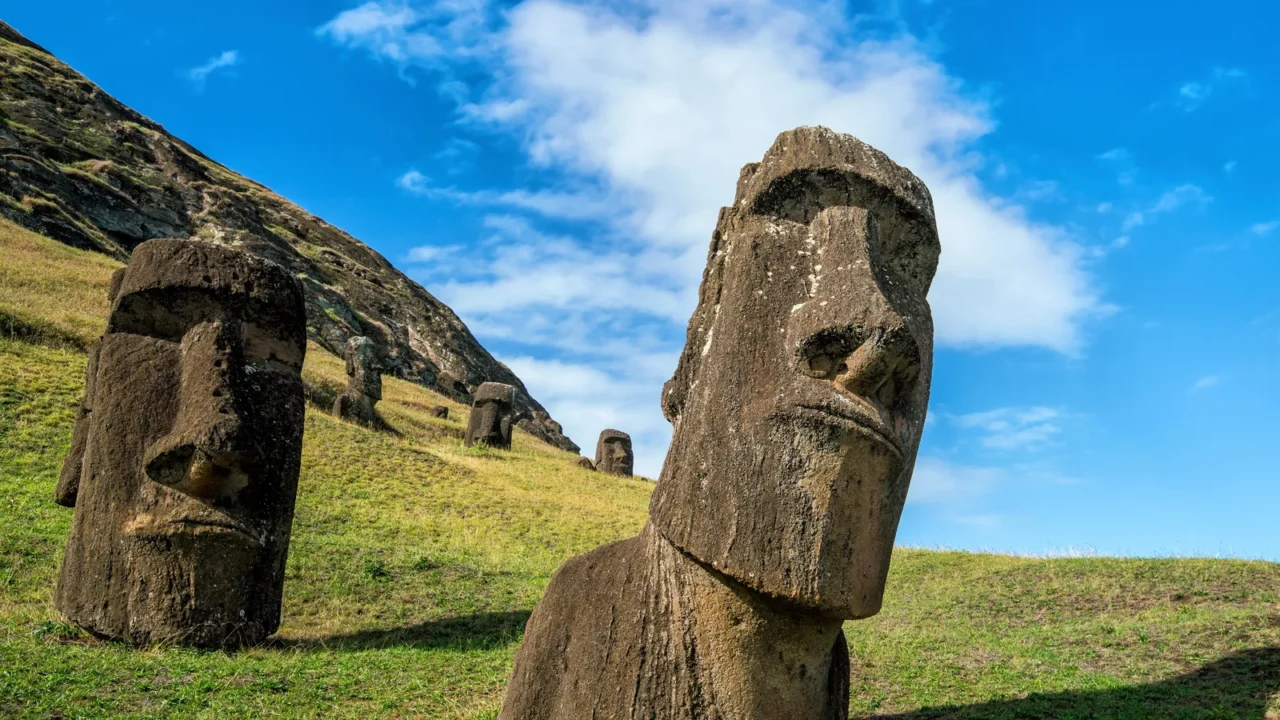
Easter Island, Chile
Easter Island’s mysterious moai statues draw travelers from all over, but this isolated wonder is facing a cultural crossroads. With a population of just 5,000 and increasing tourism pressure, only half are of Rapa Nui descent, and their traditions risk fading fast.
Add in erosion, climate threats, and luxury resort development, and the island’s identity is at stake. Go, but go respectfully. Your curiosity can help preserve, not erase, this island’s legacy.
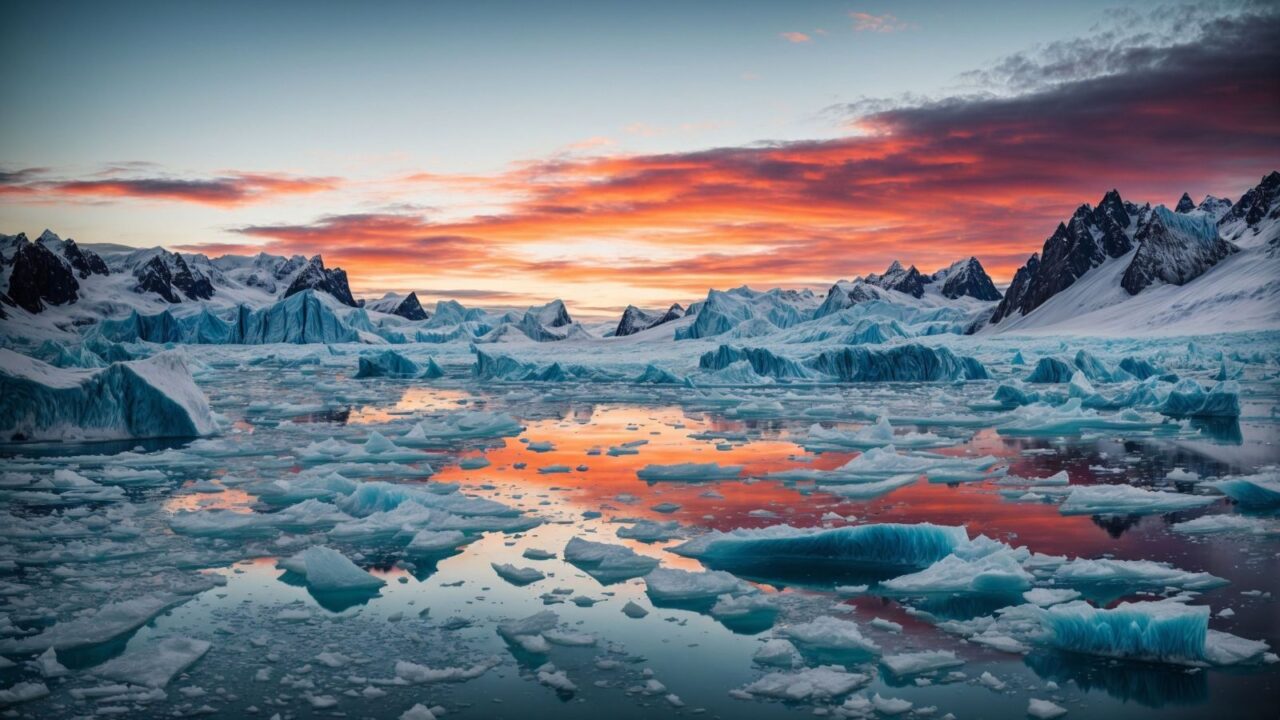
The North Pole
Forget the snow globe image; the North Pole is melting fast. Once blanketed in permanent ice, it’s now seeing open water where glaciers used to dominate. The polar ice cap has shrunk dramatically, and scientists agree it’s unlikely to ever fully recover.
Wildlife like polar bears and seals are struggling to adapt, while the landscape shifts year by year. Adventure cruises still offer a chance to see this raw, icy expanse during the short May–September season. But each year, the terrain changes.
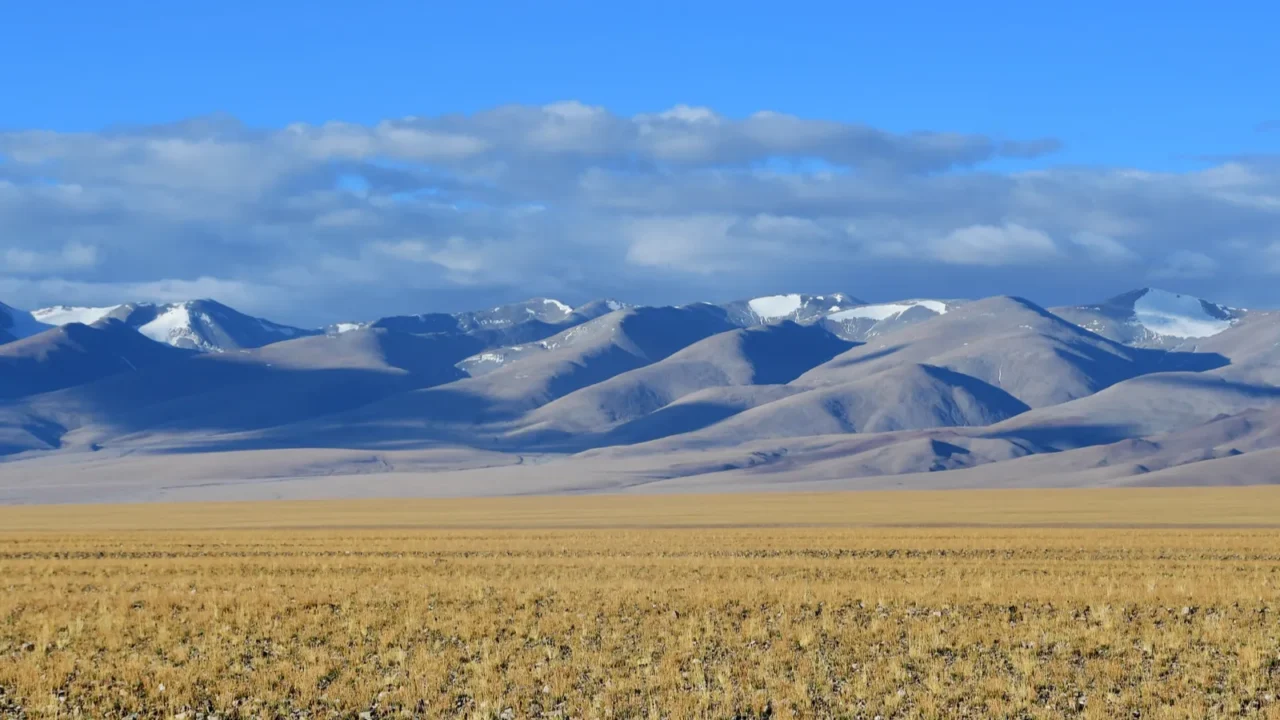
Tibetan Plateau, China
The “Roof of the World” is as breathtaking as it is culturally rich, but both are under threat. Beyond environmental shifts from melting glaciers and changing ecosystems, Tibetan culture is also fading due to strict governance and cultural suppression.
Tourism is heavily controlled, and traditional practices are becoming harder to witness firsthand. It’s a deeply spiritual place with rich Buddhist heritage, yak caravans, and ancient monasteries perched on high cliffs.
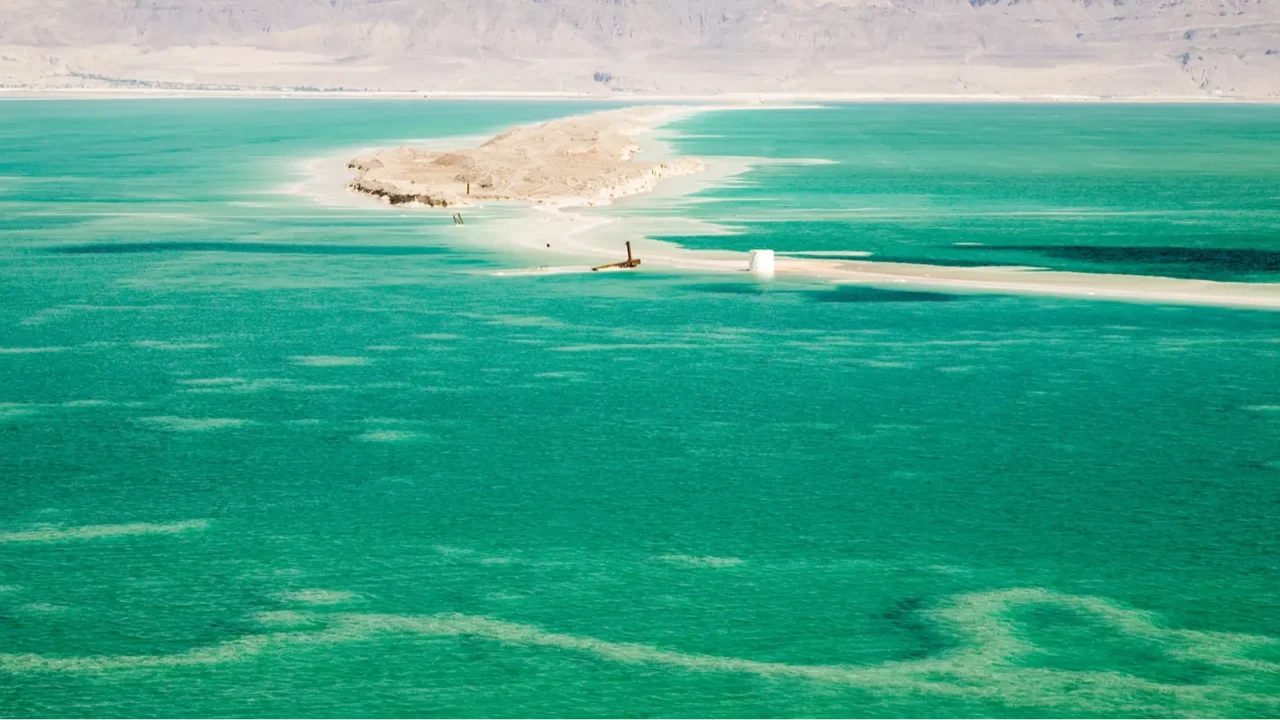
The Dead Sea
Floating effortlessly in the Dead Sea is a surreal experience, but it’s disappearing at an alarming rate. The shoreline recedes by more than three feet per year, and massive sinkholes are forming as underground layers collapse.
Once one of the most iconic spots in the Middle East, the Dead Sea’s water level has dropped by over 100 feet in the last 50 years. This salt-laden lake is shared by Jordan and Palestine, and it’s not just a natural wonder but a cultural and religious treasure.
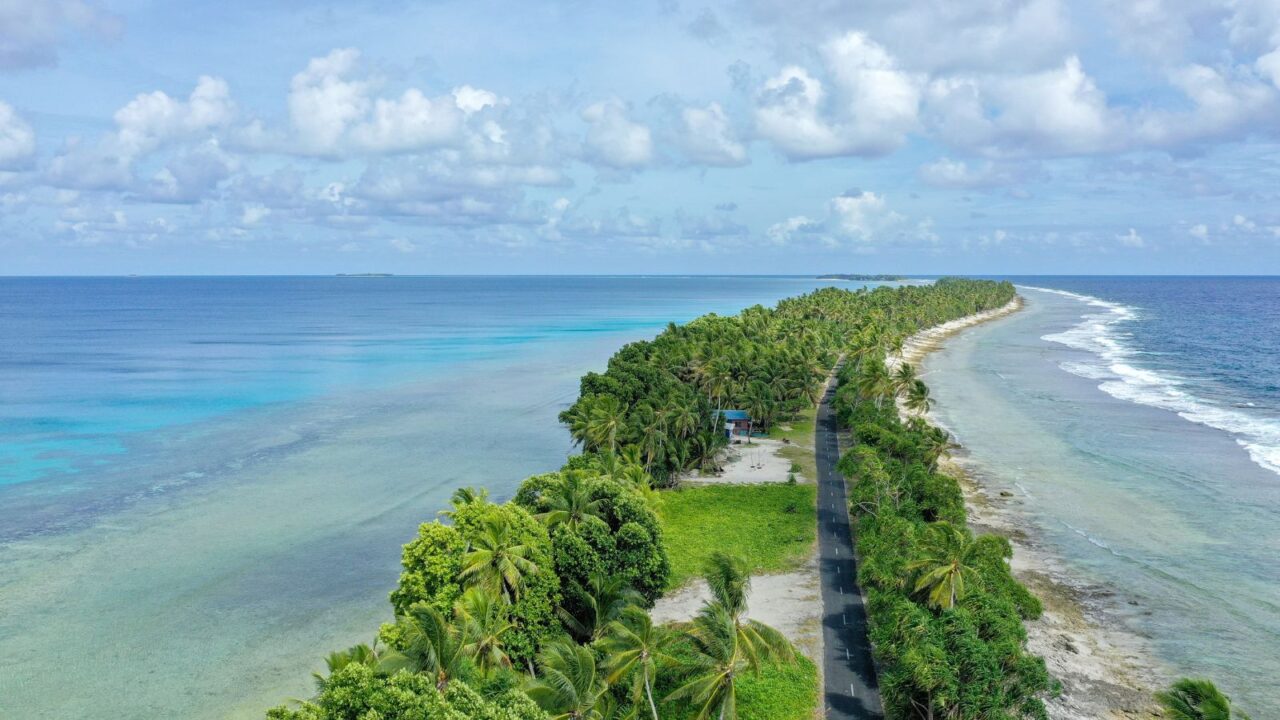
Tuvalu, South Pacific
You may not have heard of Tuvalu, but that’s the problem. This tiny island nation is on track to become the first country fully lost to sea level rise.
With an average height of under 6 feet above sea level, parts of Tuvalu are already sinking. By 2100, it could be entirely submerged. Locals are already relocating and documenting their culture digitally in case their homeland vanishes.
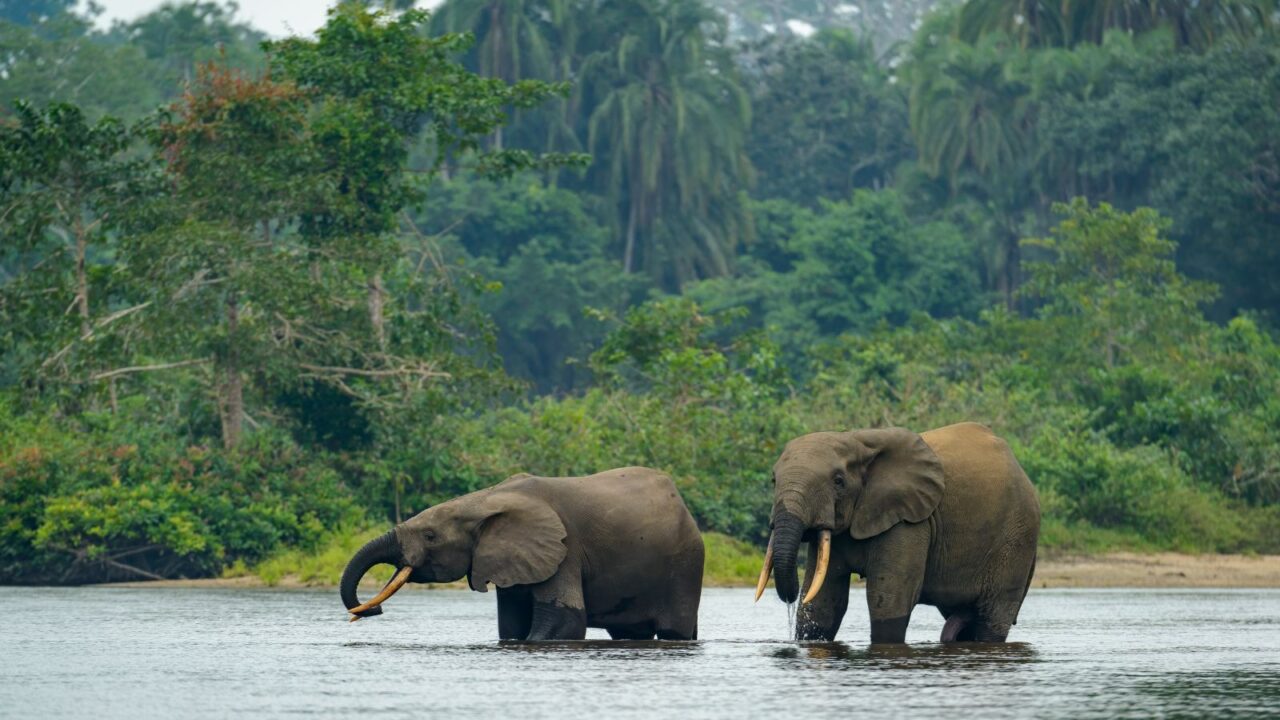
Congo Basin Rainforest, Central Africa
Often overshadowed by the Amazon, the Congo Basin is the second-largest tropical rainforest in the world, and just as vital. It’s home to gorillas, elephants, and countless endemic species, plus some of the oldest human communities on Earth.
But industrial logging, mining, and climate change are threatening to clear vast swaths by 2050. The culture, the biodiversity, and the sheer scope of nature here are jaw-dropping and slipping away with every passing year.
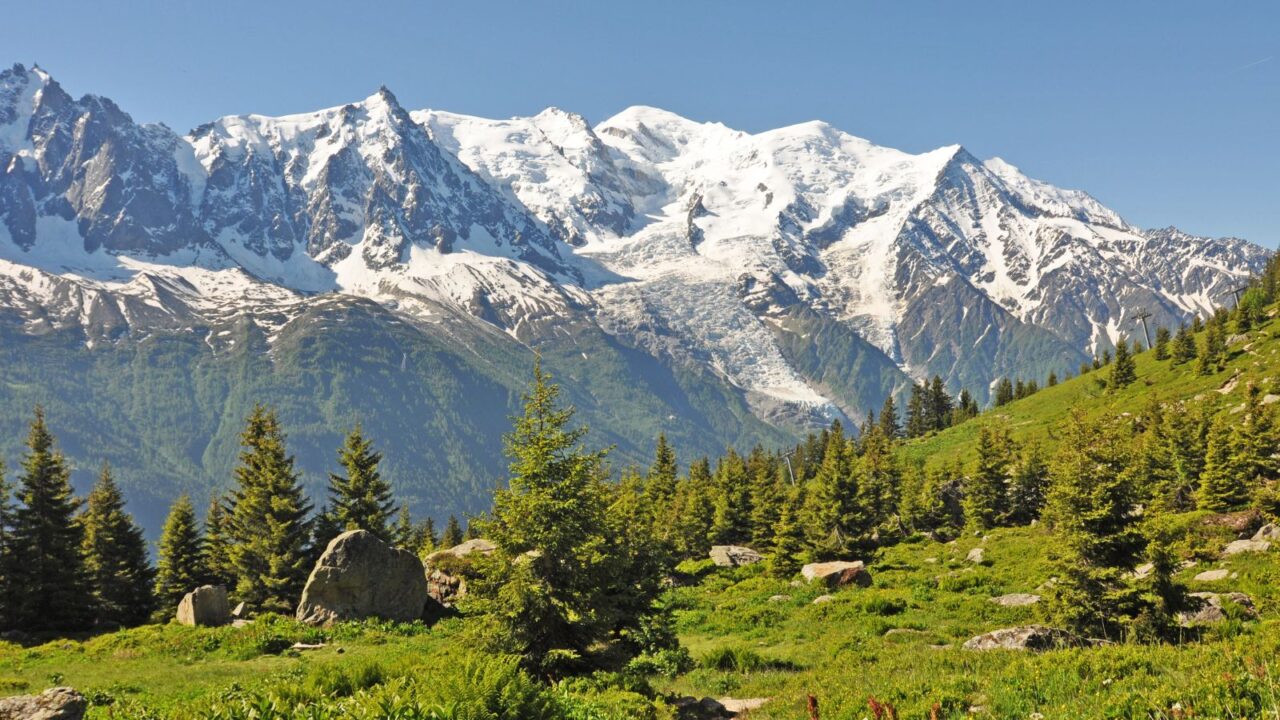
The Alps (France, Italy, Switzerland)
Think of the Alps and you think of postcard-perfect ski towns, alpine meadows, and snow-capped peaks. But climate change is reshaping this entire region. Glaciers are melting at unprecedented rates, and ski seasons are shrinking every year.
Some smaller ski resorts have already closed permanently. Even Mont Blanc, the tallest peak in Western Europe, is literally shrinking due to glacial loss. The Alps are a cultural backbone for Europe. And they’re quietly, tragically transforming right before our eyes.
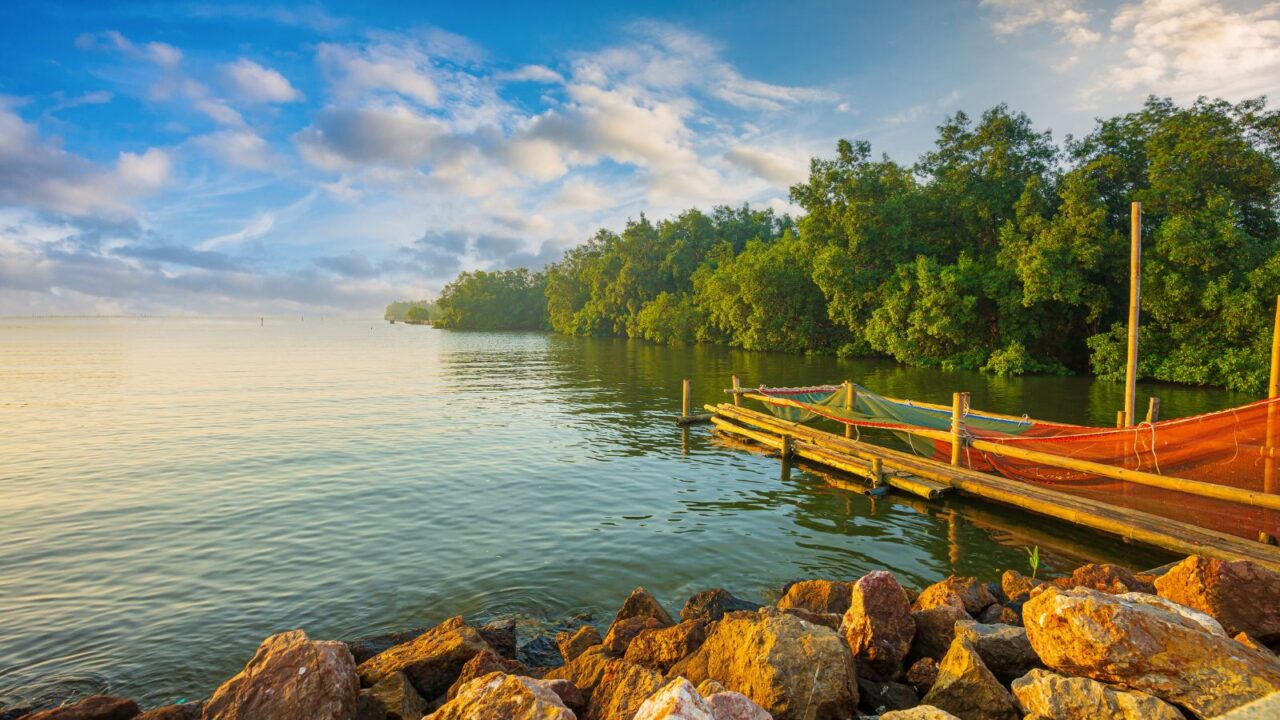
Sundarbans, India and Bangladesh
This mysterious tangle of mangroves is home to the elusive Bengal tiger, but it’s vanishing under rising tides. The Sundarbans is the largest tidal halophytic mangrove forest in the world, and it’s sinking fast due to climate change and deforestation.
It acts as a natural storm barrier for millions of people, but that protective shield is crumbling. Visiting today means boat rides through a truly otherworldly ecosystem, rare wildlife spotting, and supporting local conservation.
But don’t wait too long, the window to see this UNESCO gem in its natural form is closing quickly. Want to witness nature’s most stunning show? Here’s where to catch the brightest and boldest wildflower blooms in the country.

Joshua Tree National Park, USA
Joshua Tree’s bizarrely beautiful desert landscape is a photographer’s dream, but climate change is pushing this California icon to the brink.
The park’s signature trees may not survive past the end of the century due to rising temperatures and worsening drought. Already, wildfires and heatwaves are stressing native plants and reshaping habitats. Discover why Asheville is a model for green living.
Which of these places is on your must-see list, and which one shocked you the most? Tell us in the comments.
Read More From This Brand:
- Where to See Lava Trails from 1,000 Years Ago
- The Best Walkable Cities for a Car-Free Getaway
- Brazilians Are Transforming These Louisiana Towns
Don’t forget to follow us for more exclusive content right here on MSN.
This slideshow was made with AI assistance and human editing.